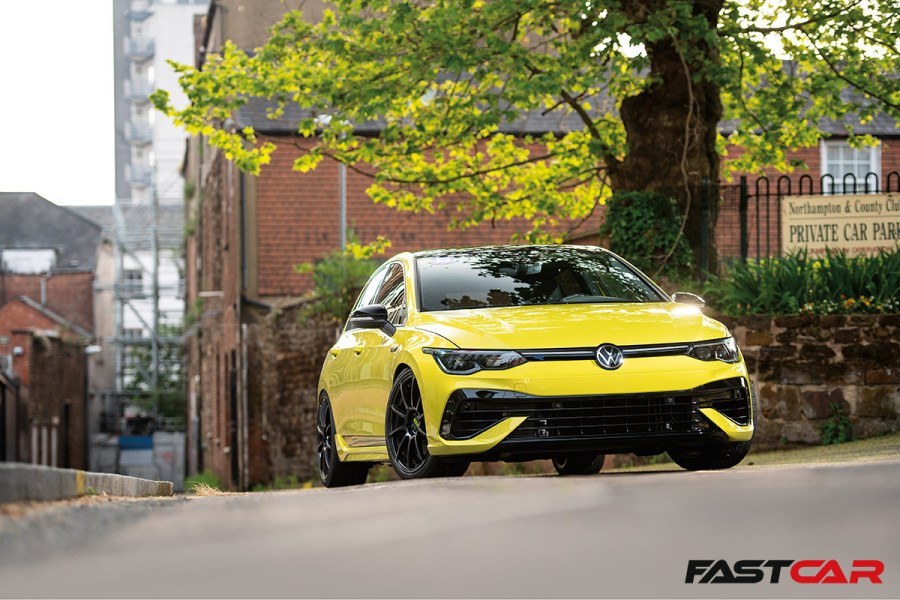Built as a numbered run of 333 vehicles, the rarest and most powerful R model in the VW Golf Mk8 Golf line-up might sound worthy of not being modified – but where’s the fun in that?
What defines a future classic? There’s no golden ticket to get onto collectors’ radars – interesting engineering, design or some media notoriety certainly helps – but there’s also no substitute for the influence of supply and demand. Rarity doesn’t guarantee desirability, but it is a stable foundation for any other factors to build on and the Golf is no stranger to models that tick that box.
Slackening of purse strings at Wolfsburg have given us machines like the Mk2 G60 Limited, Mk7 GTI Clubsport S and (if you consider the original planned production run) the Mk4 R32 is worthy of that list too. For some owners, rarity (and rising prices) are a reason to carefully preserve the factory spec with only occasional use. For others, there’s fun to be had enjoying what makes them unique.
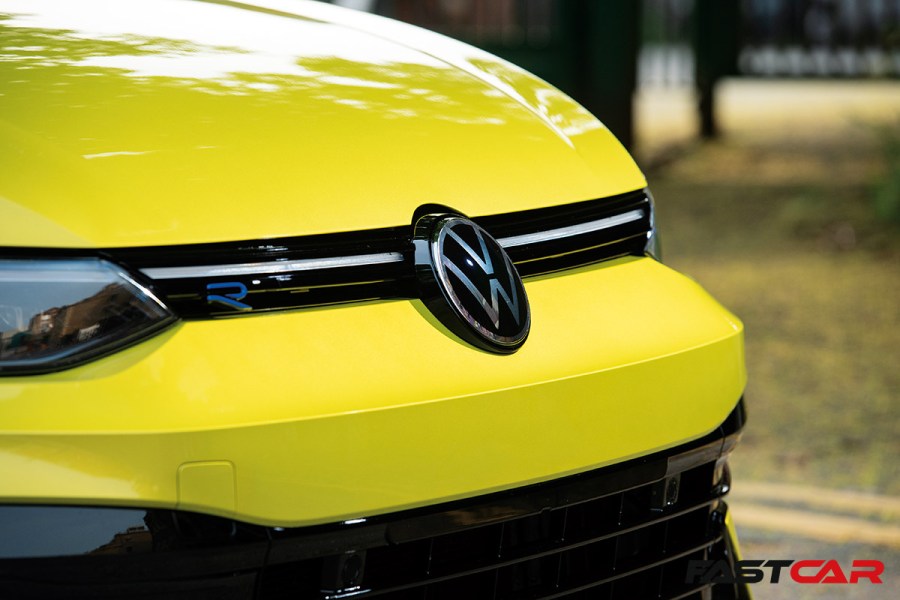
Why modify a limited run car?
“People are 50/50 about it,” smiles Reinhard Rode, reflecting on turning a one-in-333 limited edition into a one-of-one track-ready project car. “Some people ask how I can modify something as rare as this, but others tell me it’s how these should have been from the factory, and that I’ve finished VWR’s work. The standard Golf R is good, but the 333 is the final boss – the ‘Endgegner’, as we say in Germany. I knew the car would be awesome if it was tuned.”
That ‘final boss’ status is as fitting for its place in his project history as it is its role in the Mk8 line-up. Reinhard was born into a Volkswagen family – the grandson of a truck driver at the factory, nephew of a life-long employee and with brothers and cousins employed by suppliers to the group. However, it’s his parents who can lay claim to having the biggest influence – both of them have worked for Volkswagen, and his Dad’s CV includes a stint within Volkswagen and Audi’s motorsport divisions during the 1970s and 1980s. Projects that would drip-feed knowledge into future GTIs and, more recently, the R line-up too.
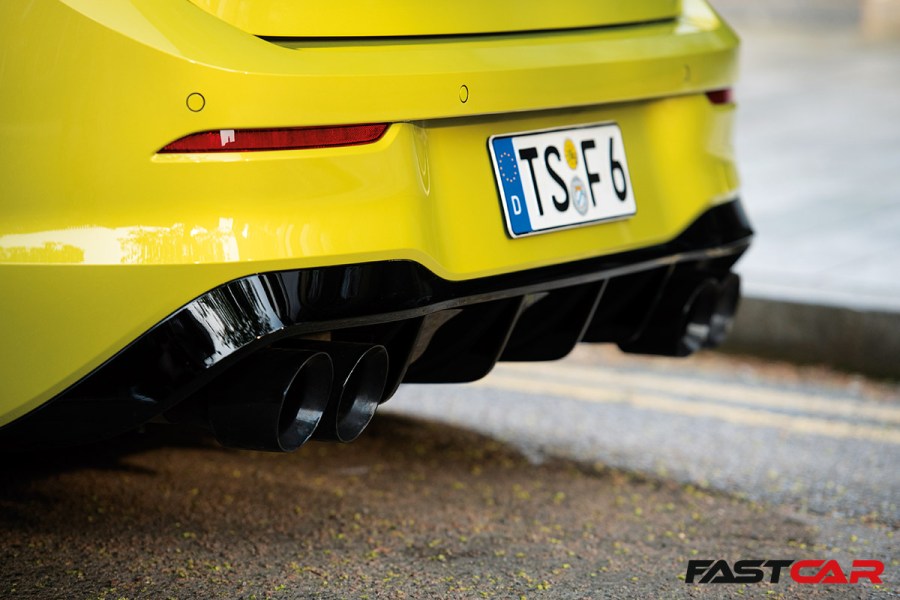
Reinhard’s car history
However, the most obvious legacy of that work is closer to home. An 11-year-old Reinhard found model cars and old materials from his Dad’s motorsport career, started asking questions and quickly developed a curiosity for performance-focused engineering. By 15, he’d bought his first project car – a ’78 Mk1 GTI with a Folger wide-body kit, which he still owns. By his mid 20s, he’d picked up a side job working on other people’s cars.
And, by 30, that trail had led him to set up his own Volkswagen Group specialist garage, named Werk 2 in Southeast Germany, close to the Austrian border. It’s become a go-to for everything from routine maintenance to performance tuning and full restorations since the shutters opened in 2015, and an opportunity for Reinhard to immerse himself in that mechanical curiosity.
“We had a Mk8 Golf R before this one,” he continues. “It was among the first cars off the line back in February 2021, because I wanted to be one of the first people to modify one. That car was really useful for figuring out what is needed to get to the perfect Golf R spec, and it was hard to replace. I drove a lot of cars before choosing the next project, including an Audi RS3 and Cupra Formentor VZ5, but they’re both boring if you test them side by side with a completely tuned Mk8 R. The Golf feels like those trainers you love wearing every day.”
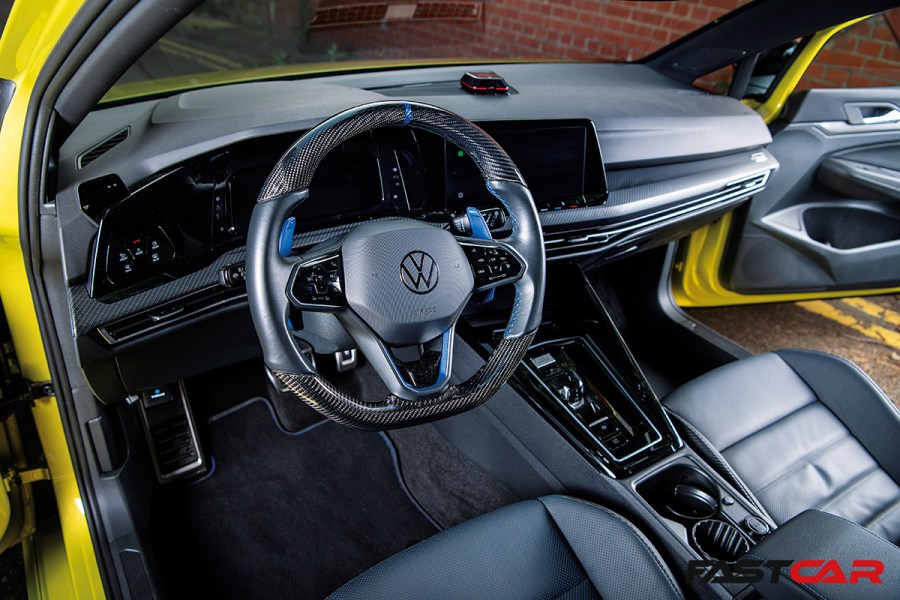
VW Golf R 333 edition launches
Thankfully, Volkswagen had some alternatives up its sleeve. The Golf R 333 edition launched in 2023, shortly before the Mk8’s mid-life refresh. Strictly limited to a numbered run of 333 vehicles and offered with the option of collecting them at a handover event at the Autostadt in Wolfsburg, it’s a rare machine compared to the most exclusive Golfs. Volkswagen built 400 examples of the Clubsport S, for example, and the R proved to be just as desirable – the entire production run sold out within eight minutes.
There’s more to it than badges and graphics. At launch, the 333 was the most powerful factory Golf to date, sharing its powertrain with the 20 Year edition, and was specced with track days in mind. Volkswagen upped power to 333hp (a 13hp increase versus the standard Mk8 R), added an Akrapovič titanium exhaust and Nürburgring-focused drive mode, and equipped it with Michelin semi-slicks too. It’s a proven spec sheet; the 20 Year edition lapped the Nordschleife four seconds faster than the standard Golf R, and two seconds faster than the GTI Clubsport S – despite having two extra doors, back seats and a four-wheel drive system to haul around.
However, it wasn’t the performance upgrades that caught Reinhard’s eye. “All of my fun cars have been yellow – the Mk1 GTI, Mk2 ‘PostGolf’ and TT RS – so I was dreaming of getting a yellow Mk8 R, but Volkswagen only offered black, white and blue. Then my guy at Volkswagen told me there was a limited edition coming, just for me. The rarity makes it special and there’s a personal thing for me too. My first licence plate was RO-DO 333, so that number has an extra meaning in my life.”
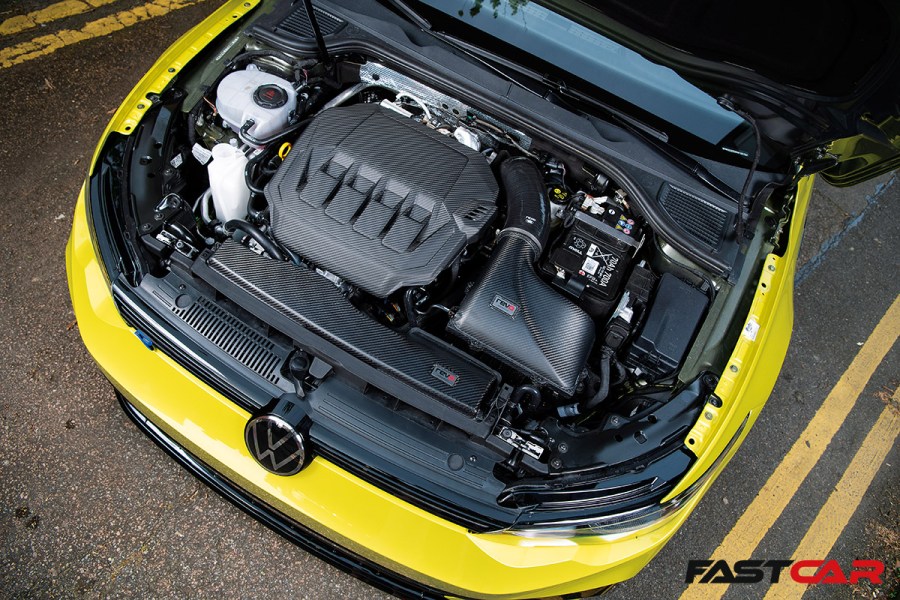
Mk8 Golf R 333 Build number 3
Builds don’t come much earlier than this. Highlighted by the numbered plaque on the dashboard, you’re looking at the third off the line, and easily the first one to deviate from factory spec. The ScheinwarferFabrik (HeadlightFactory) tinted headlights match the black accents Volkswagen used as a contrast to the Lime Yellow paintwork, while the steering wheel offers similar colour co-ordination inside. It extends the carbon fibre dashboard inserts to sections of the rim and adds blue paddles to tie in with the OE stitching. The 333’s Nappa leather sports seats and 480-watt Harman-Kardon audio needed no further upgrades – so they haven’t been touched.
Generous factory spec is just as well, because the option list was as limited as the production run. Volkswagen stopped at offering customers a choice of road or track tyres, but boldly marketed the performance as being more than enough to keep customers satisfied. In fairness, 62mph in 4.6 seconds from standstill and an electronically limited 168mph would have put it among supercars back when the Mk4 R32 launched in 2002. However, Reinhard could see room for improvement.
“Because we had 40,000km [24,000 miles] of experience with the Mk8 R, this car was built to be more performance-focused,” he continues. “My plan was to make this the most modified 333 in the world but keep it looking like it came from the factory this way. Werk 2 means ‘Factory 2’ in German – we tune cars as much as we can, and improve them in every way, but visually we’ve only changed the details.”
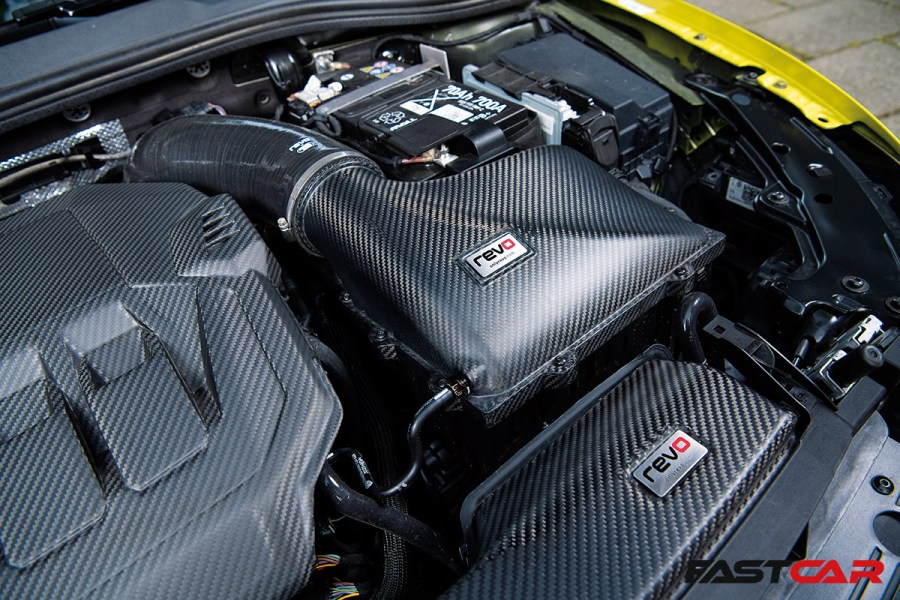
Performance upgrades for the modified VW Golf R Mk8 333
Naturally, a lot of the hard work was channelled into the Golf’s powertrain. Reinhard added a full Revo Performance Pack, including a larger bore carbon fibre inlet, larger intercooler with uprated boost pipework and custom ECU software. On the outlet side, the HJS downpipe features a street legal catalytic converter, while the Akrapovič hardware has made way for a 90mm DTH Reaper exhaust system with a party trick. Its bypass valve allows some extra noise to be dialled in when he feels like it, then wound back down to avoid tinnitus during road trips.
That injection of additional power required upgrades elsewhere, too. There’s an extra radiator and uprated oil cooler tucked away out of sight in the carbon fibre-dripped bay, and the transmission isn’t factory spec either. Software changes are a tougher task on post-2022 Golf R DSG ‘boxes, as they can’t be flashed – a bump in the road requiring a new TVS Engineering mechatronics software with management to match. Optimised shift points aside, the upshot of that hard work is a launch control system, and sharper responses to manual gear changes.
Otherwise, the Golf doesn’t give much away. The front wings are subtly flared items from Muecke, perfectly following the original shutlines but reducing the risk of scrubbing while cornering aggressively, while all of the important hardware has been updated underneath.
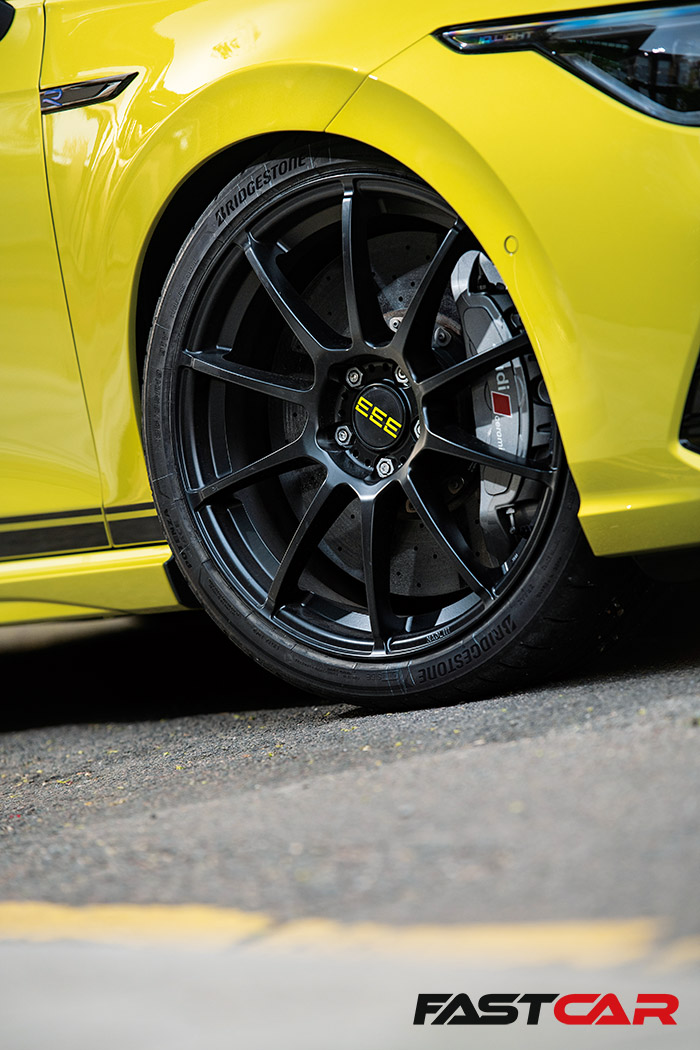
Chassis modifications
KW Clubsport V4 coilovers, thicker H&R anti-roll bars and Racingline control arms offer a visually impactful reduction in ride height and – more importantly – plenty of adjustability for road and track use. Subtle changes to the bodywork are finished off with a set of Maxton side skirts, and a splitter to press the front tyres a little more firmly into the tarmac at speed. Oh yeah, and ceramic paint protection to keep the yellow vivid on road and track.
With 466hp and 600Nm (or almost twice the output of the Mk4 R32) Reinhard has been just as selective with what’s tucked under the arches. The Sparco Assetto Gara wheels measure an extra half an inch wider than the factory Estorils, but equipped with a stud conversion for easier trackside swapovers and are adorned with ‘333’ branded centre caps – both are details Volkswagen missed. They’ve been wrapped in Bridgestone track tyres, fitted with a pressure monitoring system for peace of mind and offer plenty of air flow over the RS4 brakes that are now caged in behind the spokes.
“The big brake kit was ‘stolen’ from my wife’s B8 Passat,” he laughs. “I wanted the best performance from factory brakes that would fit under 19-inch wheels and the 10-pot, 420mm setup from a B9 RS4 is perfect for that. It isn’t quite plug-and-play, I had to build spacers between the hub and disc to make them fit, but they work well.”
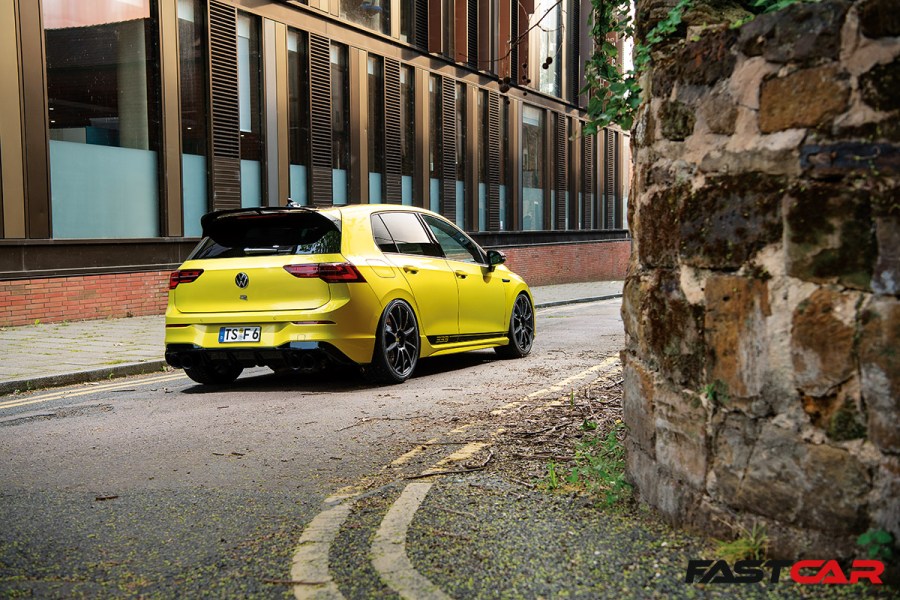
This modified VW Golf R Mk8 is no trailer queen!
He’s had plenty of opportunity to find out first hand. Not content with re-working a low-volume rarity, Reinhard has spent the months since tasking that carefully planned spec with some long-haul road trips. The Golf crossed Germany, France and the UK to visit Caffeine & Machine, dropping in on Edition 38 Reloaded and even manging a few laps at Silverstone’s National Circuit during Gassed on Track. That’s almost 3,000km (1,800 miles) in four days, fault free and under its own steam. Not a bad spread of talents for a single car.
“The best place to enjoy the Golf is in the corners and going up and down the Alps close to where we are – it can drift out of every roundabout exit if you switch ESC off,” he tells us. “Everything works together perfectly. It’s calm and reliable for long road trips and can daily drive it and get over 40mpg, or I can go to a track day and show off what a ‘little Golf’ can do before calmly driving it home again.”
What’s next for the modified VW Golf R Mk8?
Of course, the ‘Endgenger’ still has more to offer. Having explored the potential of mostly bolt-on upgrades, Reinhard is – as you might expect – still curious about what the platform can deliver. The wishlist, so far, includes a TTE hybrid turbo and forged engine to break 555hp and 666Nm torque, and he admits he’d be tempted by five-pot Audi’s RS engine swap once he’s reached the limits of four cylinders. He clearly isn’t worried about making the purists break out in a cold sweat.
However, if it’s scarcity you’re looking for, you can’t get much rarer than a vividly hued Golf R with the thick side of 600hp on tap. Given that the Mk9 seems increasingly likely to swap internal combustion for battery power, the run-out of hot Mk8s could well be the last of a breed that includes some of the rarest models ever to wear the Volkswagen badge. This one is a hint of what might have been if Wolfsburg’s purse strings loosened a little further – a full-bore evolution of the everyday performance car concept that began with the Mk1 GTI almost 50 years ago. And if that doesn’t define a future classic, we’re not sure what will.
Words: Alex Grant. Photos: Ade Brannan.
Love modified cars? We host a number of performance events throughout the year. Be sure to visit our Fast Car Events page for more information on what’s coming up next.

